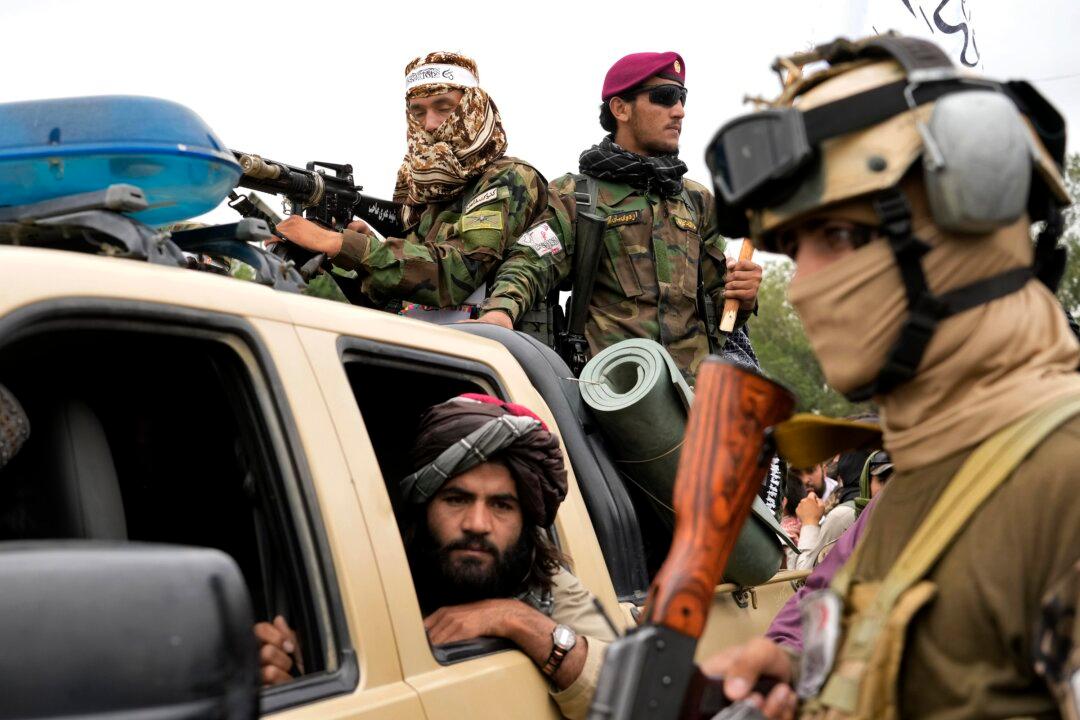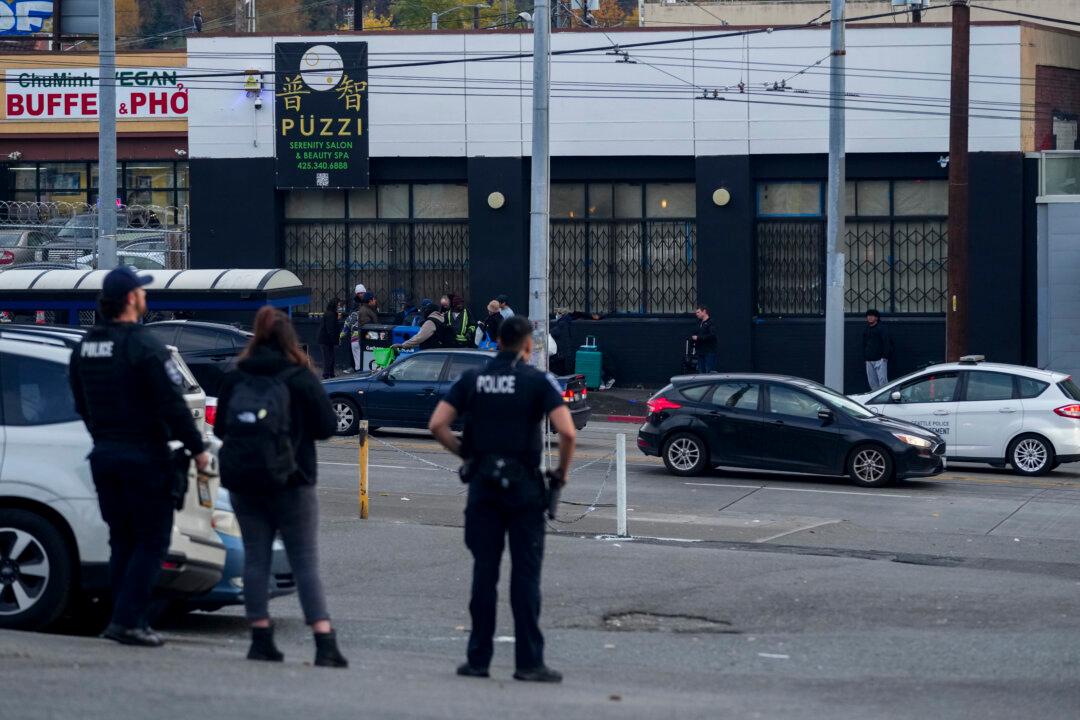The United Nations (U.N.) announced on Tuesday that nearly 1,100 civilians have been killed in attacks in Afghanistan since the Taliban takeover in 2021, despite an overall decline in casualties compared to previous years of war and insurgency.
In a report released on June 27, the U.N. Assistance Mission in Afghanistan (UNAMA) said there were 3,774 civilian casualties—including 1,095 deaths—in the country between Aug. 15, 2021, and May 30 of this year.





